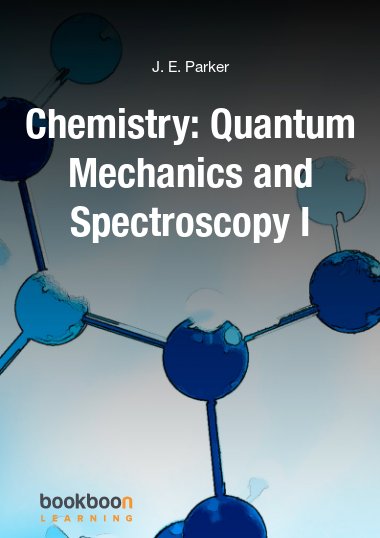The book covers the physical-chemistry aspects of quantum mechanics and spectroscopy in years 1–3 of a typical university degree in chemistry, chemical-physics, chemical engineering, biology or biochemistry. The lectures, tutorials and laboratory experiments I developed and gave on quantum mechanics and spectroscopy to our first, second and third year chemistry students over many years at the Chemistry Department, Heriot-Watt University, Edinburgh, Scotland have formed the basis for book. The feedback from students was an important part of this process. The book is also a useful reference source for graduates in their later professional careers. The book has a companion text which has tutorial and workshop questions with full and complete solutions including considerable extra background material that clarifies the solutions.


